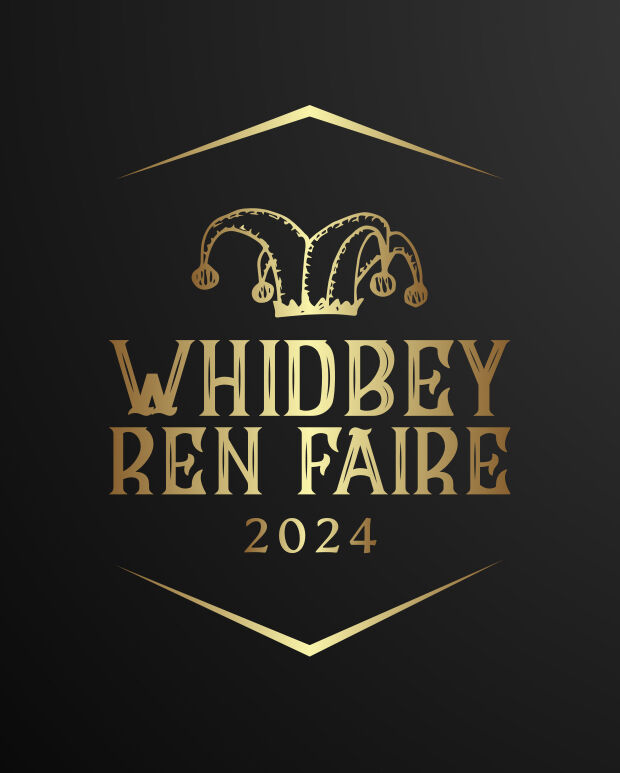
The Renaissance Fair, a celebration steeped in history and fantasy, has become a beloved tradition for many. Originating in the 20th century, these fairs have grown into vibrant events that bring the spirit of the Renaissance era to life. In this blog post, we’ll explore the captivating history of Renaissance fairs, tracing their evolution from humble beginnings to the spectacular festivals they are today.
The Birth of Renaissance Fairs:
The first Renaissance Fair is widely credited to have been the “Renaissance Pleasure Faire” in California, USA, in 1963. Phyllis and Ron Patterson, its founders, intended it as a weekend fundraiser for a radio station. This initial fair was a revolutionary concept, blending historical re-enactment with performative art. The fair featured participants in period costumes, re-enacting scenes from the Renaissance period, along with traditional music, dancing, and a market selling handcrafted items.
Growth and Popularity:
The success of the first fair led to a burgeoning interest in Renaissance culture. During the 1970s and 1980s, Renaissance fairs started sprouting across the United States. These fairs served as a means to educate the public about the Renaissance era through immersive experiences. They combined historical accuracy with theatrical elements, creating an environment where visitors felt like they had stepped back in time.
Elements of the Fair:
A typical Renaissance fair is a blend of historical re-enactment and fantasy. Participants don period costumes, often as historical figures or mythical creatures. Artisans sell goods like pottery, leatherwork, and period clothing. Traditional foods and drinks, such as mead and turkey legs, add to the authentic atmosphere. Performances, including jousting, sword fighting, and theatrical plays, are central attractions.
Cultural Impact:
Renaissance fairs have had a significant cultural impact, inspiring a deeper interest in history and the arts. They have become a platform for artisans to showcase traditional crafts and for performers to revive historical art forms. These fairs also foster a sense of community among participants and attendees, many of whom return year after year.
Educational Aspect:
Beyond entertainment, Renaissance fairs offer educational value. They provide a hands-on learning experience about the Renaissance era, covering aspects like fashion, food, music, and social customs. For many, these fairs serve as an introduction to a pivotal historical period, sparking a lifelong interest in history and culture.
Modern Day Renaissance Fairs:
Today, Renaissance fairs have evolved into elaborate events, attracting thousands of visitors each year. They have expanded in scope, often including fantasy elements inspired by literature and films. Despite these modern influences, the fairs remain true to their historical roots, offering a unique blend of education and entertainment.
Conclusion:
Renaissance fairs have come a long way from their modest beginnings in the 1960s. They stand as a testament to the enduring fascination with the Renaissance era, providing a space where history and fantasy coalesce. Whether you’re a history buff, an artisan, or simply looking for a day of fun, Renaissance fairs offer an unforgettable experience that transports you to another time.



